Eye contact
Recent articles
New tablet-based tools to spot autism draw excitement — and questions
Handheld devices promise to bring autism detection home, but many researchers urge caution.
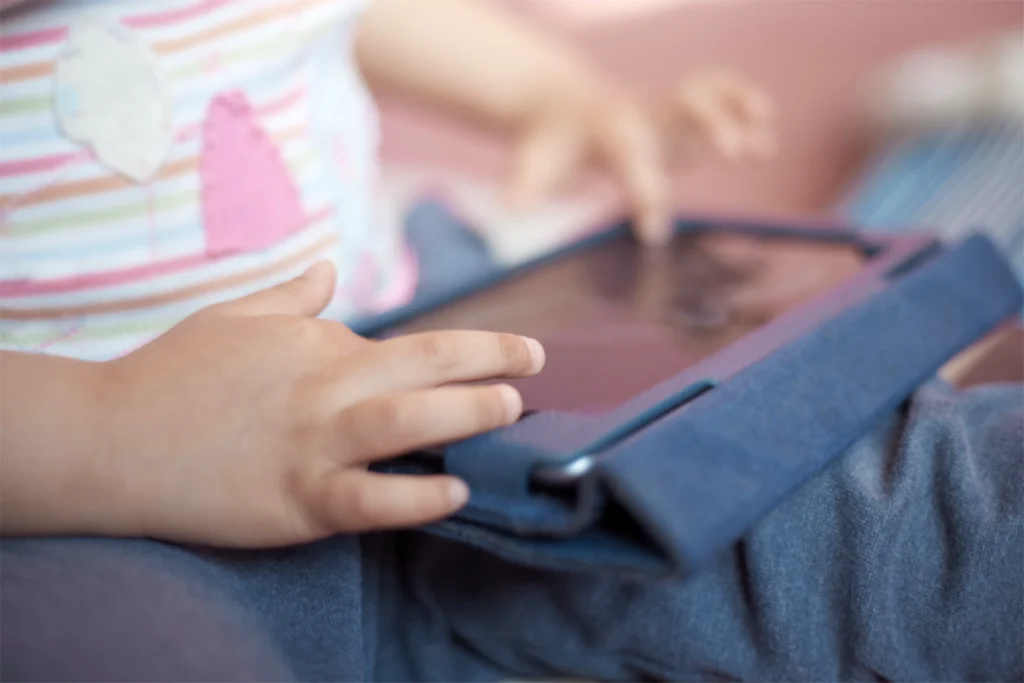
New tablet-based tools to spot autism draw excitement — and questions
Handheld devices promise to bring autism detection home, but many researchers urge caution.
Null and Noteworthy: Busting biomarkers; going after GABA; reproducibility illusion
In this edition of Null and Noteworthy, scientists find little to be excited about in research on biomarkers for neurodevelopmental conditions.

Null and Noteworthy: Busting biomarkers; going after GABA; reproducibility illusion
In this edition of Null and Noteworthy, scientists find little to be excited about in research on biomarkers for neurodevelopmental conditions.
Broadening the autism spectrum: Q&A with Oluwatobi Abubakare
Too often, people outside the margins of what’s considered classic autism are left out of research agendas, Abubakare says.

Broadening the autism spectrum: Q&A with Oluwatobi Abubakare
Too often, people outside the margins of what’s considered classic autism are left out of research agendas, Abubakare says.
Double empathy, explained
The double empathy theory challenges the idea that social difficulties are specific to autism and suggests that problems arise from a mismatch in perspective between autistic and non-autistic people.

Double empathy, explained
The double empathy theory challenges the idea that social difficulties are specific to autism and suggests that problems arise from a mismatch in perspective between autistic and non-autistic people.
Null and Noteworthy: Brain folds, flickering faces, wearable eye trackers
Welcome to the Null and Noteworthy newsletter, a roundup of papers that do the vital work of reproducing a previous result or reporting the absence of one.
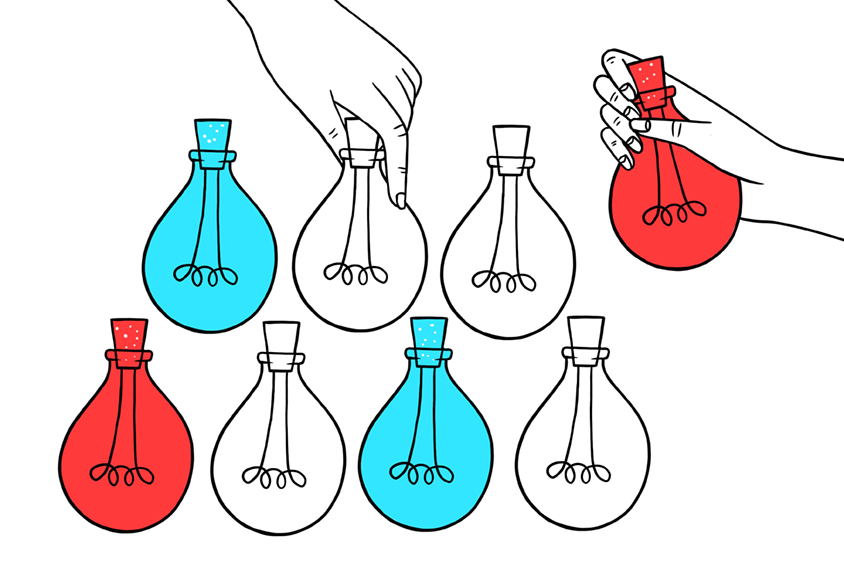
Null and Noteworthy: Brain folds, flickering faces, wearable eye trackers
Welcome to the Null and Noteworthy newsletter, a roundup of papers that do the vital work of reproducing a previous result or reporting the absence of one.
Algorithm ‘sees’ when people’s eyes meet
A new machine-learning tool detects eye contact during recorded face-to-face interactions as accurately as expert observers can.

Algorithm ‘sees’ when people’s eyes meet
A new machine-learning tool detects eye contact during recorded face-to-face interactions as accurately as expert observers can.
Owen’s odyssey: A year and a half after an autism diagnosis
This is part 2 of Owen’s story. It tracks his early progress in treatment for autism. Part 1 described his difficult path to a diagnosis.
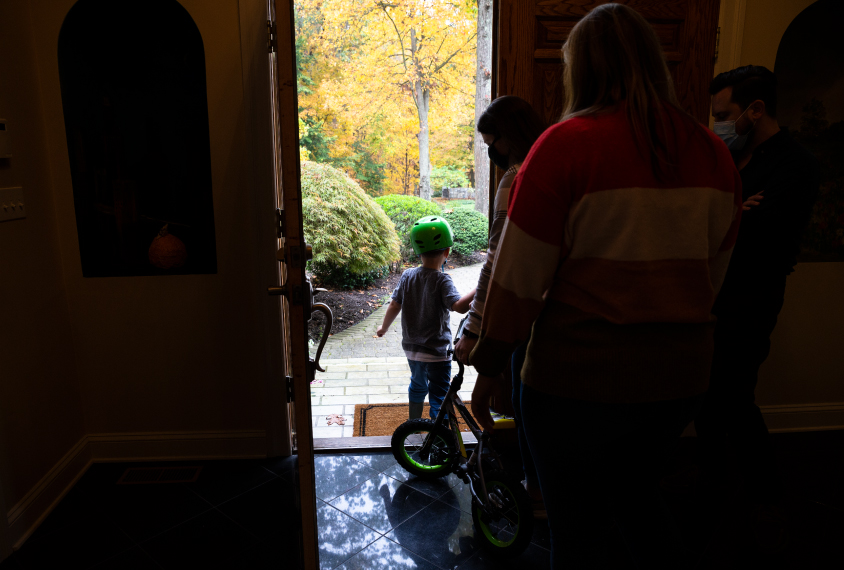
Owen’s odyssey: A year and a half after an autism diagnosis
This is part 2 of Owen’s story. It tracks his early progress in treatment for autism. Part 1 described his difficult path to a diagnosis.
Eyeing the connection between autism and vision
Autism is unusually common among blind people, and children with autism are more likely to have vision problems than their typical peers. Understanding why could lead to better therapies for autism for autism.

Eyeing the connection between autism and vision
Autism is unusually common among blind people, and children with autism are more likely to have vision problems than their typical peers. Understanding why could lead to better therapies for autism for autism.
Confusion at the crossroads of autism and hearing loss
Hearing difficulties and autism often overlap, exacerbating autism traits and complicating diagnoses.

Confusion at the crossroads of autism and hearing loss
Hearing difficulties and autism often overlap, exacerbating autism traits and complicating diagnoses.
Meet the autistic scientists redefining autism research
Growing ranks of researchers on the spectrum are overcoming barriers — from neurotypical bias to sensory sensitivities — to shape autism science.
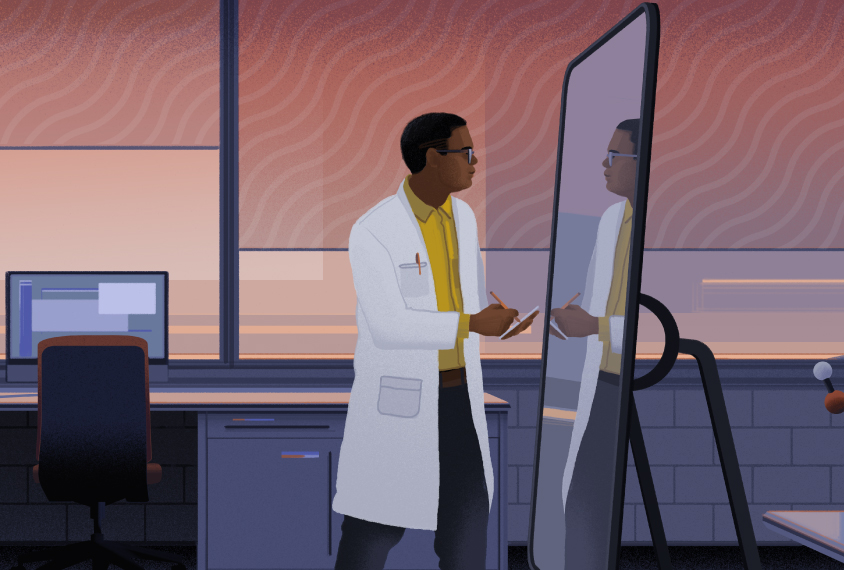
Meet the autistic scientists redefining autism research
Growing ranks of researchers on the spectrum are overcoming barriers — from neurotypical bias to sensory sensitivities — to shape autism science.
Explore more from The Transmitter
Okur-Chung neurodevelopmental syndrome; excess CSF; autistic girls
Here is a roundup of autism-related news and research spotted around the web for the week of 21 October.

Okur-Chung neurodevelopmental syndrome; excess CSF; autistic girls
Here is a roundup of autism-related news and research spotted around the web for the week of 21 October.
Brains, biases and amyloid beta: Why the female brain deserves a closer look in Alzheimer’s research
New results suggest the disease progresses differently in women, but we need more basic science to unpack the mechanisms involved.

Brains, biases and amyloid beta: Why the female brain deserves a closer look in Alzheimer’s research
New results suggest the disease progresses differently in women, but we need more basic science to unpack the mechanisms involved.
Are brains and AI converging?—an excerpt from ‘ChatGPT and the Future of AI: The Deep Language Revolution’
In his new book, to be published next week, computational neuroscience pioneer Terrence Sejnowski tackles debates about AI’s capacity to mirror cognitive processes.
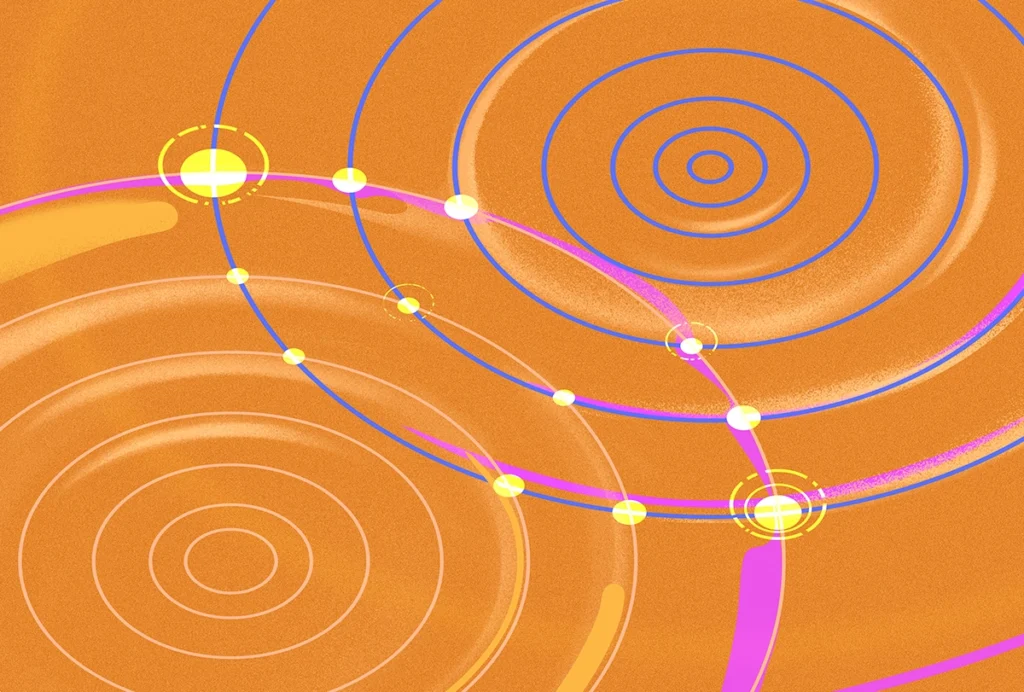
Are brains and AI converging?—an excerpt from ‘ChatGPT and the Future of AI: The Deep Language Revolution’
In his new book, to be published next week, computational neuroscience pioneer Terrence Sejnowski tackles debates about AI’s capacity to mirror cognitive processes.